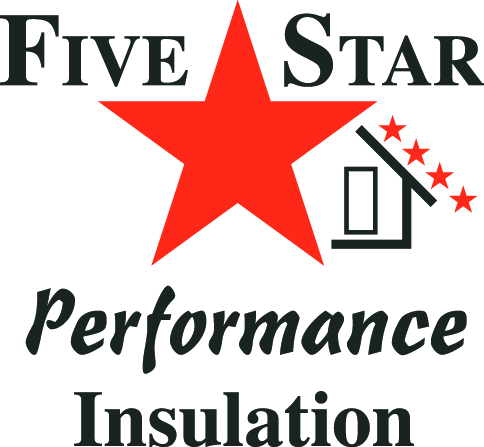By now, you’ve almost certainly heard of asbestos, the infamous menace that was once used in a variety of different materials to make them resistant to heat, electricity and chemical corrosion. Unfortunately, it was later discovered that asbestos causes a variety of health problems, which is why the government banned its use in 1989.
Just because it’s banned doesn’t mean that it’s not in your home, however. Asbestos can still be found in older homes, particularly in loose-fill attic insulation. This post from your residential insulation contractors in Sacramento, CA will cover some of the signs that you may have asbestos in your home, and what you need to do about it.
Why is asbestos dangerous?
Microscopic asbestos particles cause the most damage when they’re released into the air and inhaled. What’s worse, they can’t be smelled or tasted, and don’t have any immediate health effects, so you won’t automatically know that you’re in danger. Once the particles are in your body, they’ll never dissolve and will cause inflammation, scarring and even genetic damage to your cells. The biggest health problems related to asbestos exposure include pleuritis and COPD, which make it difficult (and sometimes nearly impossible) to breathe. Asbestos can also cause mesothelioma and lung cancer.
Signs of asbestos in your insulation
If there’s one good thing about asbestos, it’s that it’s not invisible. As long as you know what you’re looking for, you may be able to tell whether or not your insulation has asbestos in it. Here are three of the leading signs that indicate you may have an asbestos problem:
- House age: It was discovered that asbestos causes the health problems mentioned above in the late 1980s. Subsequently, it was banned by the EPA in 1989’s Asbestos Ban and Phase Out Rule. If your home was built after 1989, the chances that you have asbestos in your insulation are relatively slim. If it was built prior to that year, though, you very well might have asbestos in some areas of your home.
- Color: Zonolite, the brand name of loose-fill attic insulation that contained the most dangerous asbestos, is typically a grayish brown or silver-gold color. It’s important to note that just because your insulation is this color doesn’t automatically mean that it’s Zonolite, so don’t immediately panic if you see this color.
- It lays flat: Unlike standard loose-fill fiberglass insulation that’s fluffed up, Zonolite lays flat and firm in your joist cavity. That’s partially why it’s such a good insulator. Again, there’s no need to panic if your insulation looks like this. However, you may want to consider further tests to be sure.
I think I found asbestos. Now what?
As mentioned above, you’re not qualified to tell for certain whether or not your insulation contains asbestos, but here’s what you can do if you think you might have Zonolite insulation:
- Send in a sample: Put on rubber gloves, buy a mask to cover your mouth, get a sample of that insulation and send it to a lab. Labs around the country can test your insulation and let you know if it’s harmful and needs to be replaced.
- Call the pros: If your insulation contains asbestos, you’re going to need to consult asbestos removal professionals. Their job is to come in and remove all of the dangerous insulation. Trying to remove it by yourself is a risky task that could very well lead to the serious health problems we discussed earlier.
If you’ve discovered asbestos in your insulation and need your insulation replaced, be sure to call the team at 5 Star Performance Insulation, Inc. We’re trusted residential insulation contractors in Sacramento, CA for installing insulation throughout your home, and we guarantee that our insulation products are safe and asbestos free!
